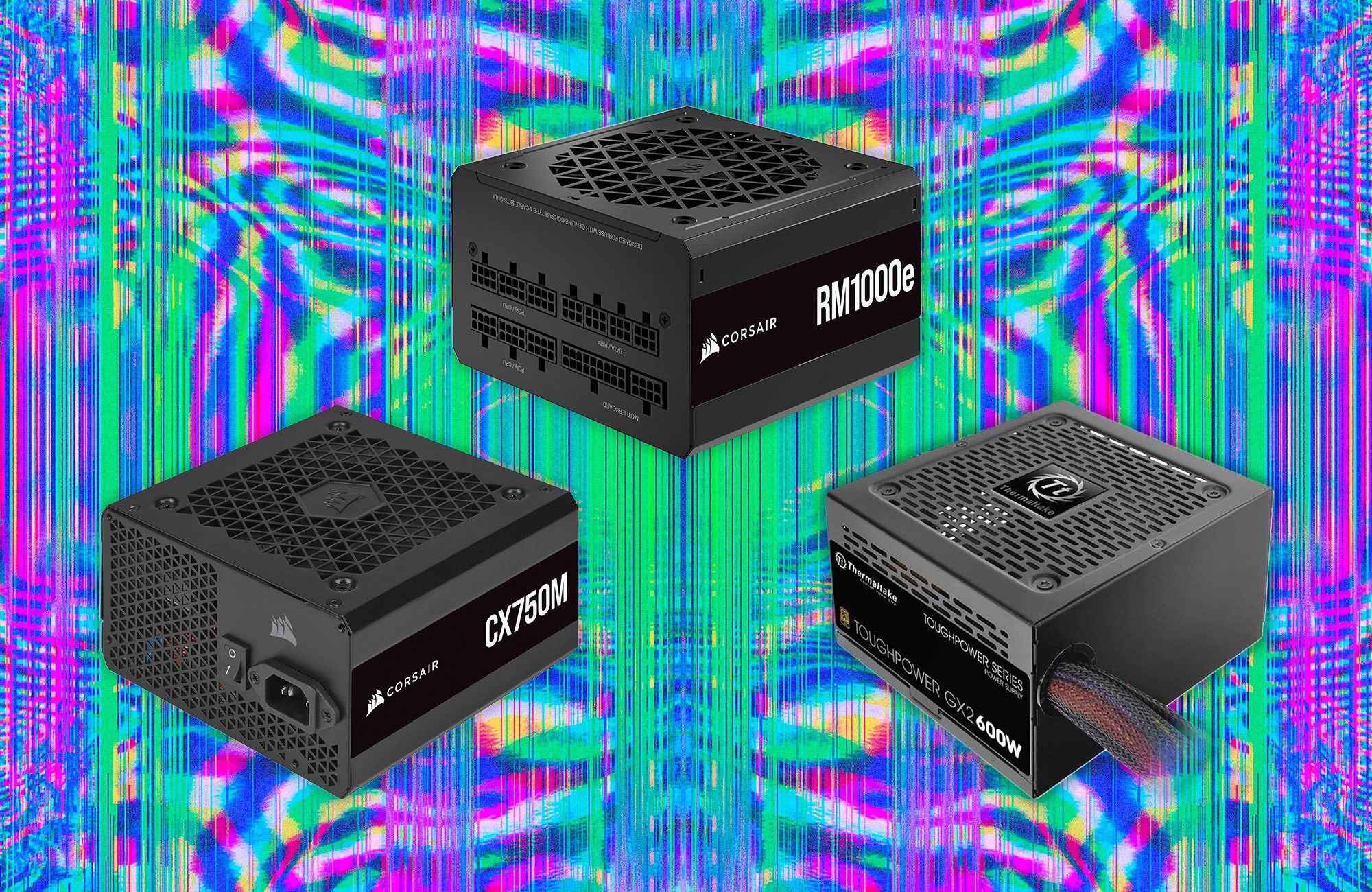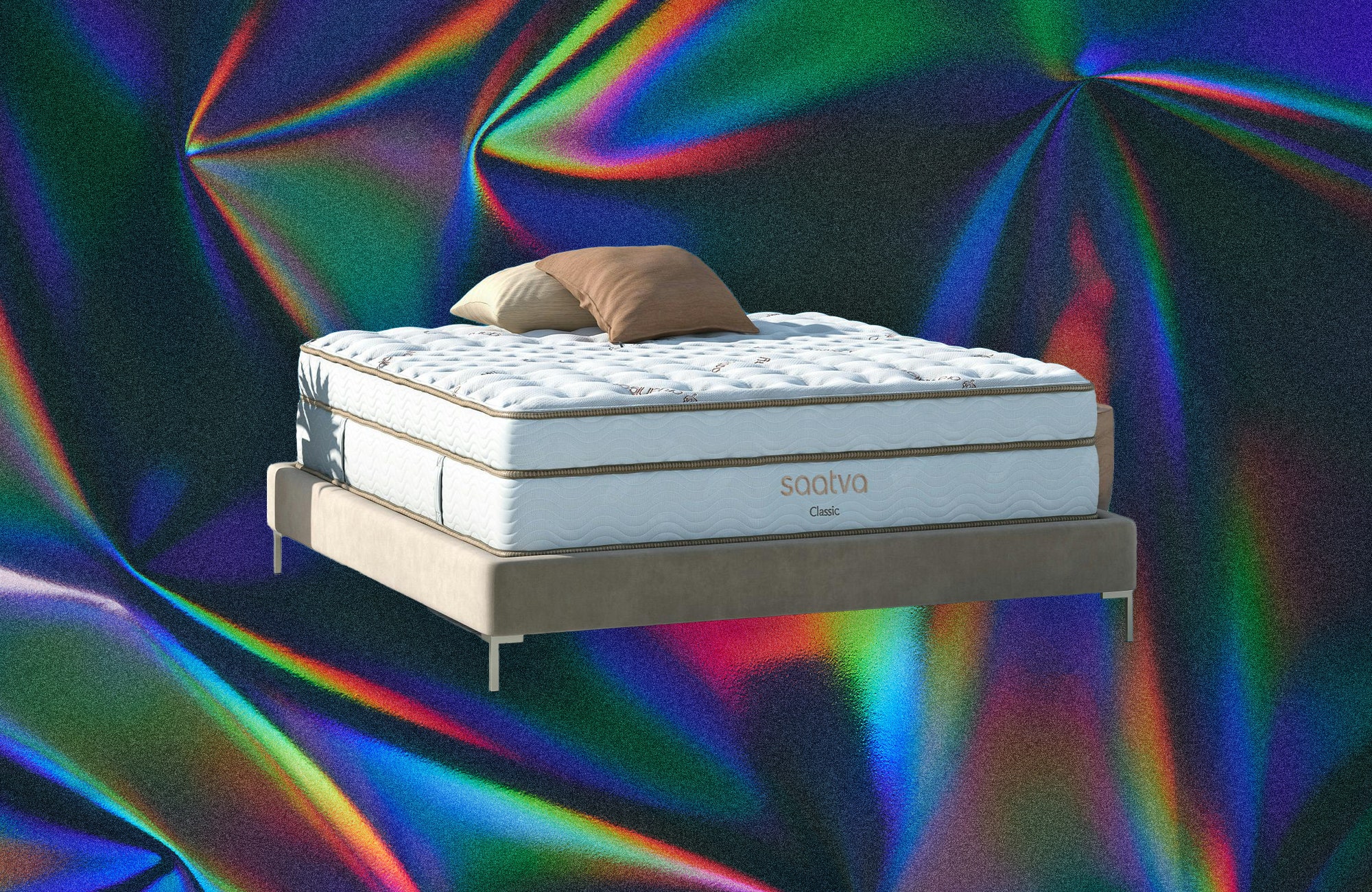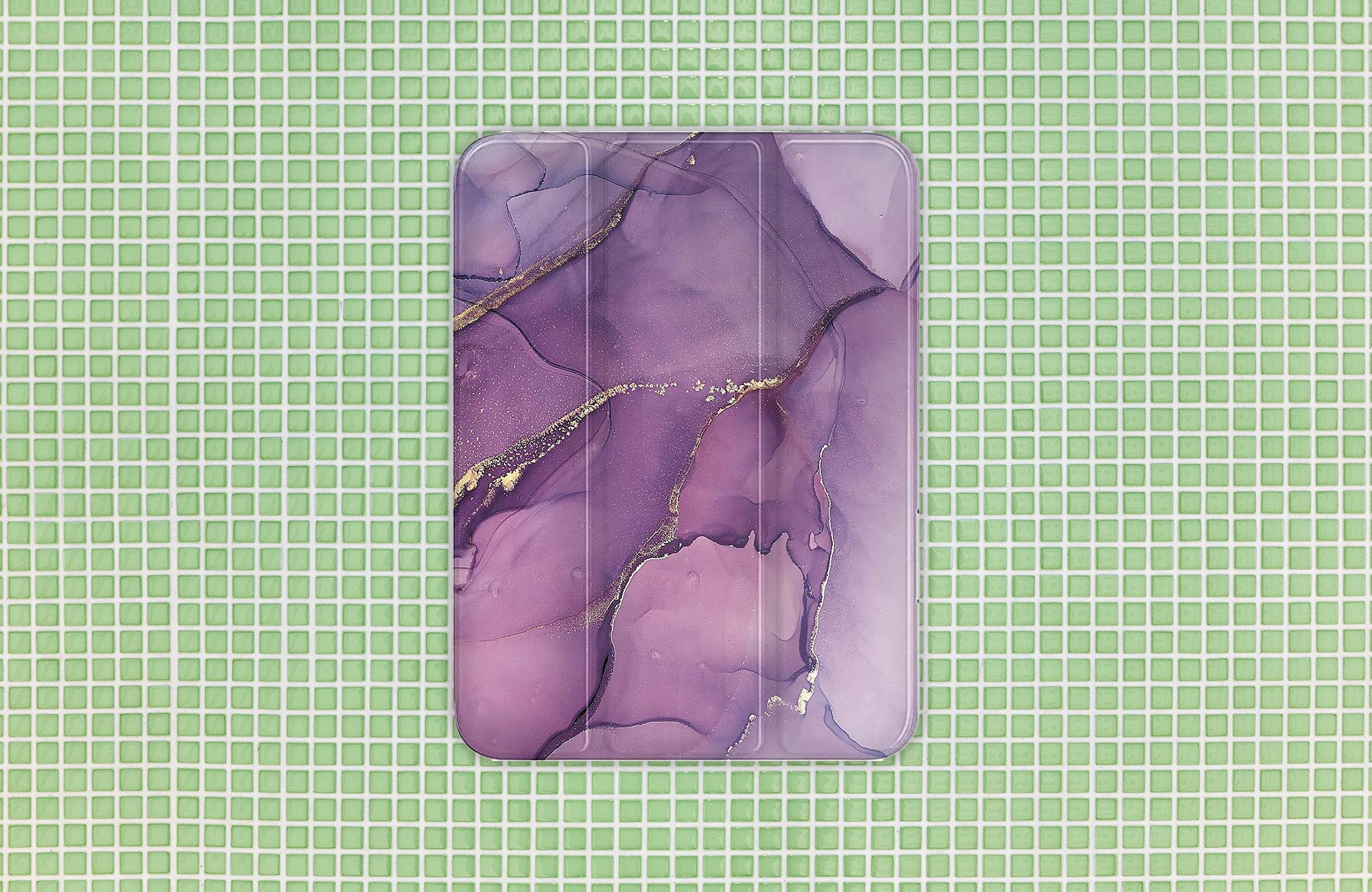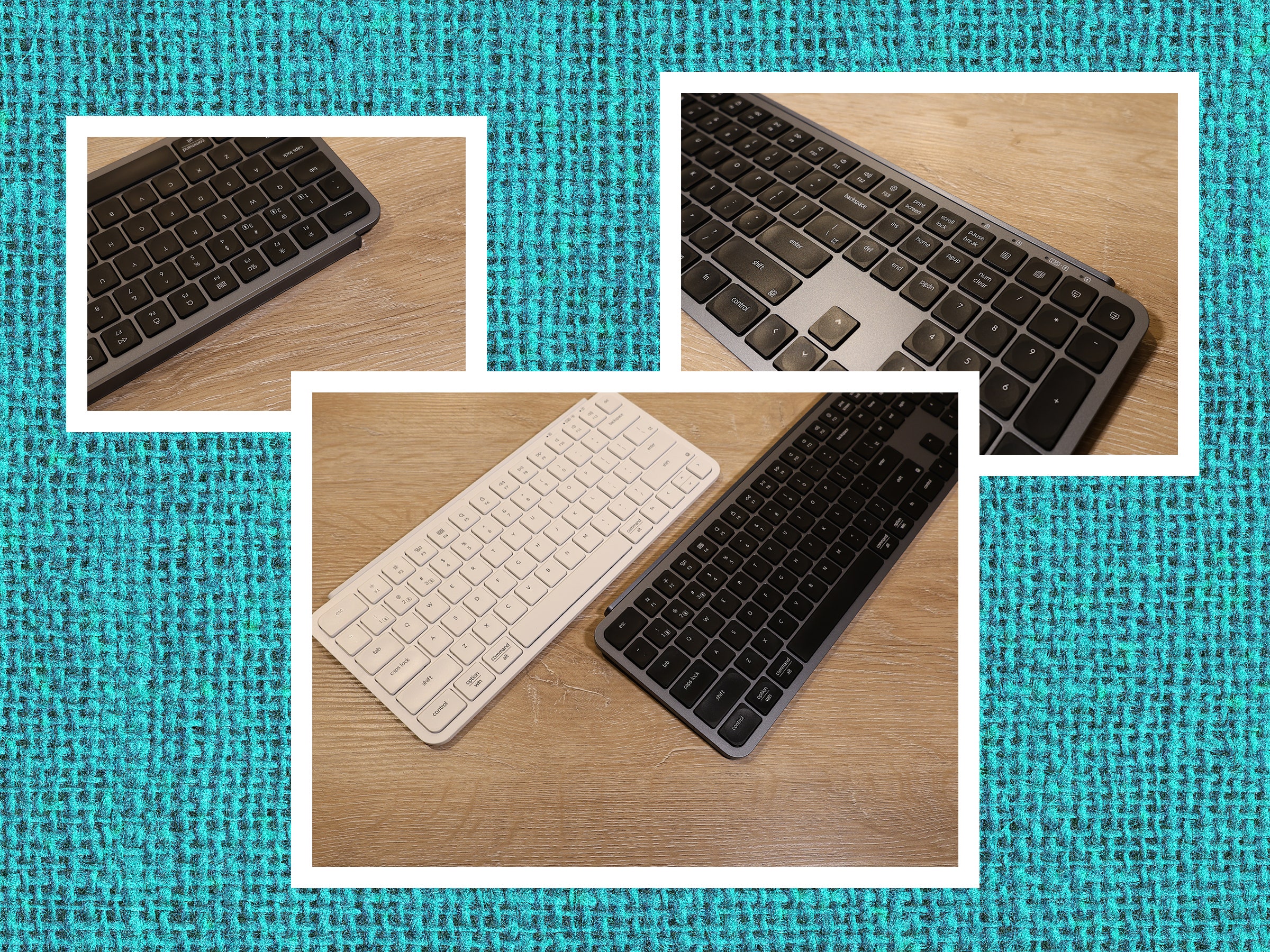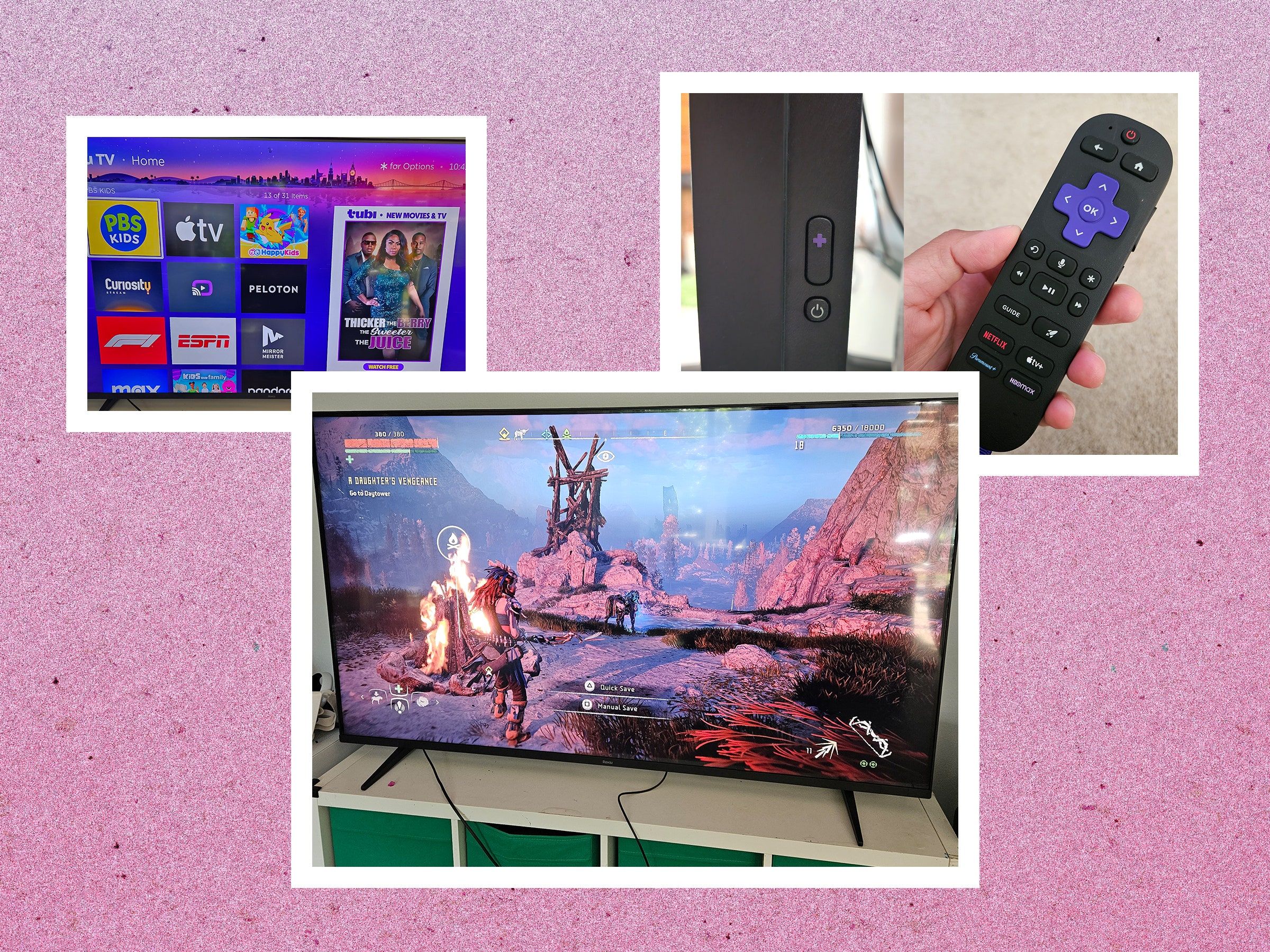Only Microsoft Can Save Windows-Powered Handheld Game Consoles
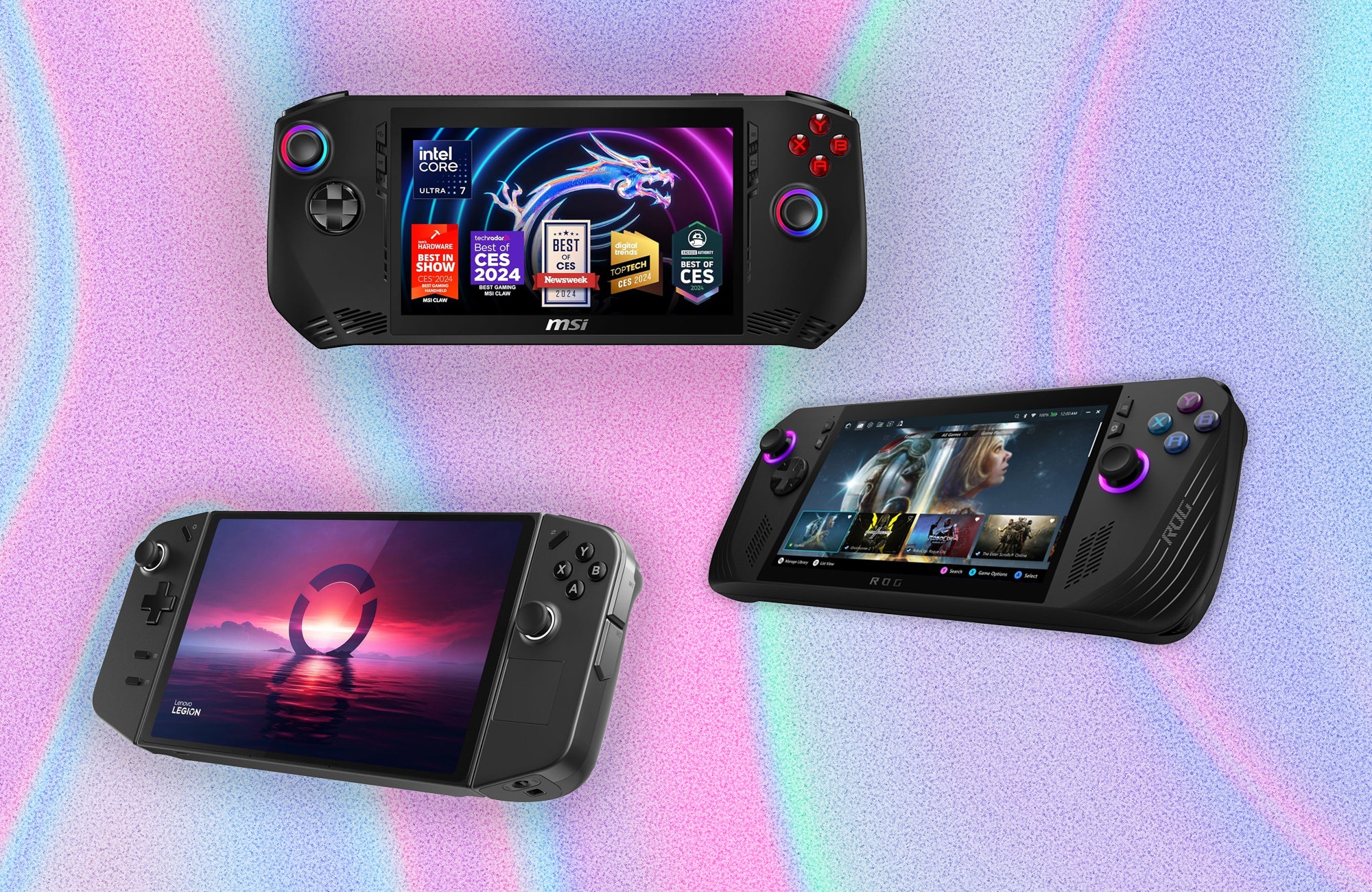
The Nintendo Switch is a miracle. The Steam Deck doubly so. In both cases, their respective manufacturers attempted something that seemed impossible: cramming AAA games into hardware you can play on the bus. Both pulled it off by performing a delicate dance to balance performance, efficiency, and simplicity for the user.
These are all things Windows is notoriously terrible at, and that doesn’t bode well for the companies trying to build handheld gaming consoles with Microsoft’s desktop operating system. In the aftermath of the Switch and Steam Deck’s success, it seems like every company even remotely connected to gaming hardware is trying to build a handheld. The only problem is that very few are doing the other thing that Nintendo and Valve did: building a custom OS. Most, like Asus and MSI, are relying on Windows, and that’s a detriment to the entire ecosystem.
If you buy something using links in our stories, we may earn a commission. This helps support our journalism. Learn more.
You’re a Beta Tester
It might seem like handheld manufacturers are opting for Windows out of some obvious benefit to players. After all, the Steam Deck can only play Steam games, but Windows can run games from storefronts like Epic Games, GOG, and Battle.net, right? While that’s certainly the most flattering interpretation, there’s a far simpler reason: manufacturers don’t have much choice.
It’s hard to build your own operating system. Heck, it has taken Valve over 10 years to build Steam OS and the Proton compatibility layer that makes Windows games work on it. If you’re a manufacturer that wants to make a handheld that plays games directly without a decade of development, Windows is the way to go.
Sort of. That development time doesn’t go away by slapping Windows on a handheld. It just shifts that work to the future. Asus, for example, has been on a tear releasing update after update in the year since the ROG Ally first dropped. To the company’s credit, the software experience has improved.
Some work is under the hood, like optimizing games to run on portable hardware without unnecessary power drain or building an interface designed for controllers, since most people aren’t going to buy a gaming handheld to plug in a USB keyboard and mouse. While that work is being done, manufacturers are asking customers to be beta testers for a long-term project. (And on hardware that might be outdated in a few short months: See the MSI Claw.)
That wouldn’t be an insurmountable issue on its own. I bought the first Android phone when it dropped in 2008, and very few people I knew would’ve been willing to live with that experience back then. I was willing to live with a subpar experience because I wanted to see it improve over time, and I already got enough benefit from it to be worth the tradeoffs. Over time, Android got a lot better.
The difference here is that most of the problems of running Windows on a gaming handheld come from Windows. Manufacturers can’t do a lot to change that.
Microsoft Owns Windows (and Its Problems)
When Microsoft licenses Windows to manufacturers, it comes with some limitations. Companies like Asus and MSI can include their own apps, change some default power settings, and customize the taskbar, among other things. What they can’t do is fundamentally change how Windows behaves entirely.
One simple, but telling, example of this is how gaming handhelds handle a low battery. Microsoft expects Windows will be run on a desktop or laptop. When the battery gets low, it pops up a small alert box that interrupts what you’re doing. You can click OK to dismiss it or Alt-Tab back to whatever app or game you were playing. It’s a bit intrusive, but if you’re in the middle of important work on your laptop, you might appreciate the minor interruption of your attention.
Most non-Windows gaming handheld consoles handle this a bit differently. Both Steam and the Switch will pop up a small alert in the corner that notifies you when your battery gets low, but it doesn’t require any input from you to dismiss. These devices do this because their manufacturers know you’re probably in the middle of something that requires timing and dexterity. You can plug your device in once you’re at a good point to pause the game.
Unfortunately, this behavior isn’t one of those things manufacturers like Asus and MSI can change. Only Microsoft can. The way Windows alerts users to a low battery, and how that notification is dismissed, isn’t on the list of things manufacturers are allowed to change. So until Microsoft adds a less disruptive option, that’s just how it’s going to be. Since gaming handhelds are a tiny portion of the market for Windows licenses, it’s not likely to be a high priority for Microsoft.
These little pain points—where the interface is janky because Windows doesn’t allow companies to change the behavior—are everywhere on gaming handhelds. It’s on the lock screen, where there are a bunch of tiny widgets and a small “Sign in” button that looks out of place when it’s not on a laptop. You see it every time you have to tap the teeny tiny system tray icon to see what apps are running in the background.
Microsoft also requires some software to come bundled with their licenses, which is how you end up with the baffling inclusion of things like Microsoft Teams, Office 365—complete with Word, Excel, and PowerPoint—and [checks notes] … Microsoft Clipchamp … on a device that is, ostensibly, a gaming handheld. I know everyone has their preferences, but I feel pretty safe in assuming that 95 percent of the people who might be interested in the ROG Ally X aren’t interested in it for its middling video editing capabilities.
Hope on the Horizon
In late 2023, Microsoft introduced a preview of a version of its Xbox app called Compact Mode. It gives gaming handhelds running Windows a Steam Deck–like interface designed primarily for controller input, and there have already been some pretty substantial updates. Most notably, the Jump Back In feature lets players immediately launch their most recently played games.
On competing devices like the Steam Deck or the Switch, this feature is known as “just how the thing has always worked,” but it’s still a welcome addition. Even if apps like Asus’ Armoury Crate already do this. Also, at the moment, the Xbox app only lists games you purchased via Microsoft. Which means my Jump Back In consists of … Solitaire. Baby steps, I suppose.
There are rumors Microsoft might be working on a gaming handheld console, which, if true, would be great news since it means Microsoft is likely to keep optimizing Windows for the category. Simultaneously, it might be awful news for competing manufacturers if they’re not also allowed to benefit from that work.
Put more simply: If it comes down to an official Xbox gaming handheld that can run all Windows-based games with an interface comparable to the living room console versus a janky handheld with an interface glued together, it wouldn’t be hard to guess which one is more likely to succeed.
It seems unlikely it would come to that. Since Microsoft has thus far failed to compete in selling console hardware. The company has instead adopted an “Xbox everywhere” strategy. Where Nintendo and Sony sell boxes that run their games, Microsoft wants to make Xbox a platform where you can play games on every desktop, laptop, tablet, phone, and television you have.
I would argue that none of these are quite as important as getting gaming handhelds right. The Switch demonstrated just how much people want to take their games with them, and the Steam Deck showed that even some major AAA games can run well on portable hardware. If Microsoft wants Xbox to be everywhere, it might need to adopt the model Google uses for Android. Google makes and sells its own Android phone but allows competitors to build on its platform and, quite often, beat them at their own game. Google still benefits from its services running on competitors’ devices, so either way, Google comes out on top. A similar strategy could work for an Xbox handheld built on a platform of work that Microsoft shares with third parties.
Right now, Windows handhelds are struggling. Even the best options still drain more power, have jankier interfaces, and cost more than devices like the Switch or the Steam Deck. With every update that makes these devices moderately better, the impenetrable wall of Windows becomes more obvious. Until Microsoft steps up, it doesn’t seem like this status quo will change soon.

